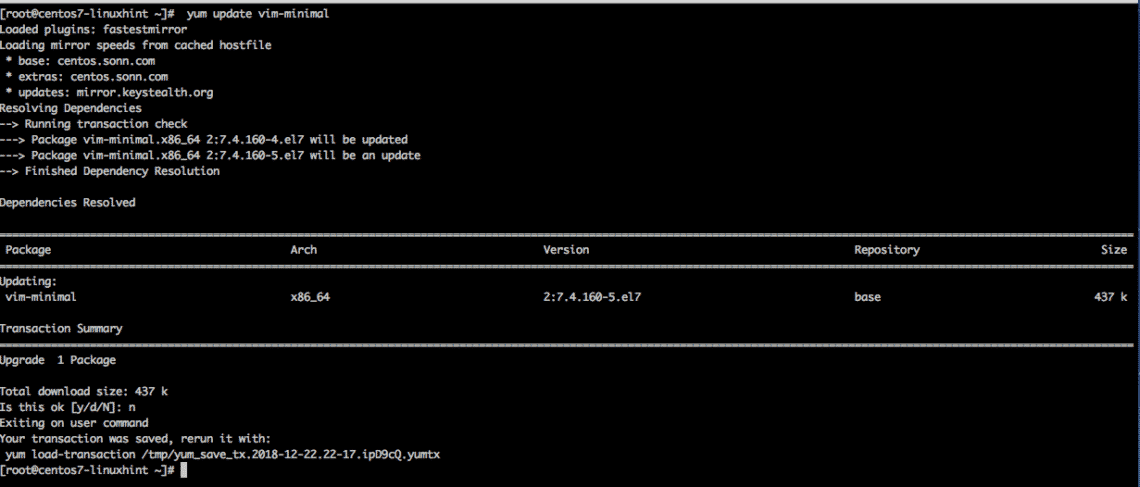


~]# yum install cups -y -qĪdvertisements john]# yum-complete-transaction No unfinished transactions left. If you want to install packages without displaying the output in CLI window, then you can use -q option with yum install command to quietly install packages as shown below. Loading mirror speeds from cached hostfile This command is a daily use yum command which you will mostly use before installing any new packages to update your system. To update all the currently installed packages in the system, run yum update command. Here I am using root user for running all the below yum commands.Īlso Read: How to Install or Enable ssh on Ubuntu 1. You need to login as either root user or any other user with sudo access to run all yum commands. So in a way yum command makes our life way too easy in that sense. It is also able to detect and install the dependent packages which otherwise will be a very difficult to do if we have to do it manually. YUM command is the most widely used command in RedHat and CentOS environment to download and install packages from Repository. In this tutorial, I will take you through Top 22 YUM Command Examples in RedHat/CentOS 7. Check Package Groups through yum grouplist Check Package Information through yum info Install Packages Locally using yum localinstall

Create Metadata Cache through yum makecache Check Installed and Available Kernel Packages Download a Package without Installing through yum-plugin-downloadonly Show UpdateInfo Summary using yum updateinfo Check all the installed packages through yum list installed packages


 0 kommentar(er)
0 kommentar(er)
